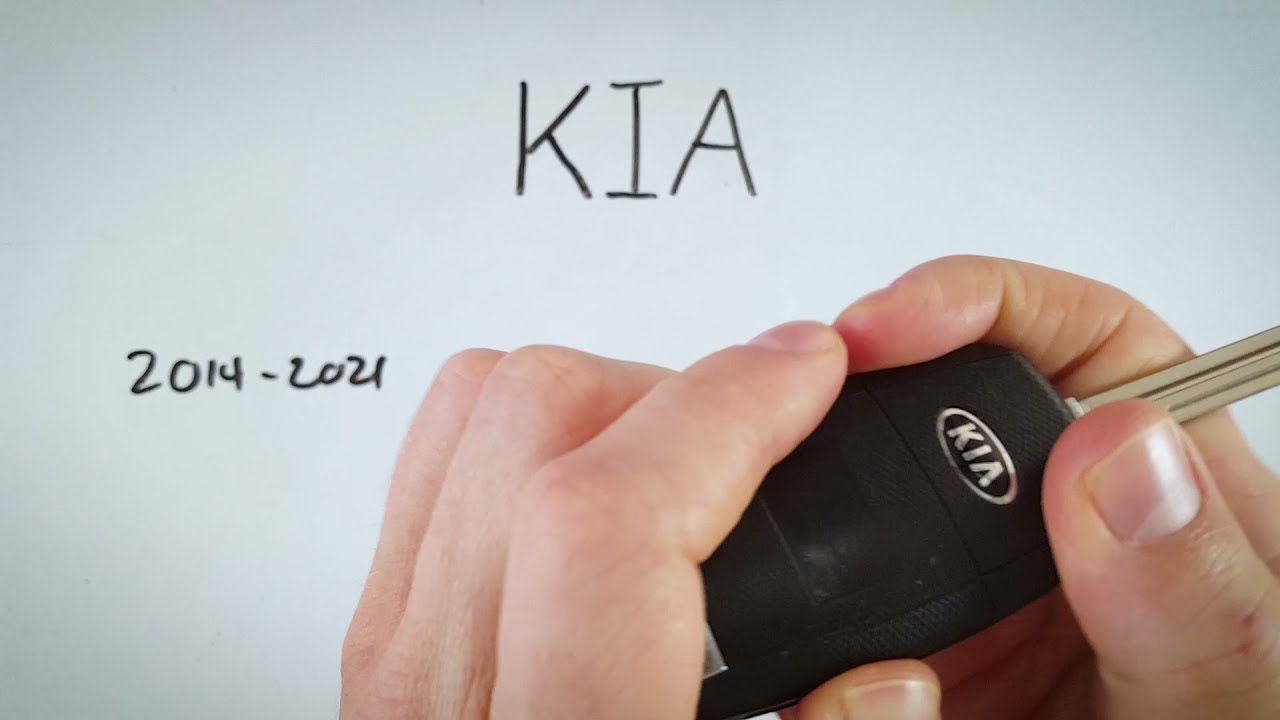Introduction
Maintaining your car key fob is crucial for seamless access and operation. In this guide, I will walk you through the process of replacing the battery in a Kia Rio key fob. This applies to models from 2014 to 2021.
The key fob uses a CR2032 coin battery, which is readily available. Let’s dive into the step-by-step process to ensure your key fob is functioning perfectly.
- Plastic, Metal
- Imported
- IN THE BOX: 4-pack of CR2032 3 volt lithium coin cell batteries; replacement for BR2032, DL2032, and ECR2032
Tools and Materials Needed
- CR2032 coin battery
- Flathead screwdriver
- Coin or another key
Step-by-Step Battery Replacement
Step 1: Open the Key Fob
First, you need to open the key fob. Start by pressing the button to flip out the internal key.
Turn the key fob over to the back. You will see a piece of plastic that needs to be removed.
Step 2: Remove the Back Cover
To remove the back cover, push on the lip of the plastic with your thumb. If it’s too tight, use a flathead screwdriver, another key, or even a coin. Insert it into the area and gently pry the cover off.
Set the cover aside for now.
Step 3: Remove the Old Battery
Now that the cover is off, you can see the battery. Insert a flathead screwdriver or a similar tool between the wall of the plastic housing and the battery.
Gently pry the battery out. It should pop out easily. Dispose of the old battery properly.
Step 4: Insert the New Battery
Take a new CR2032 battery. Ensure the positive side is facing up.
Slide the battery under the two pieces of plastic and click the bottom into place.
Step 5: Reassemble the Key Fob
Take the back piece of plastic and click it back into place. Ensure it is secure.
Test the key fob to ensure it is working correctly.
- Plastic, Metal
- Imported
- IN THE BOX: 4-pack of CR2032 3 volt lithium coin cell batteries; replacement for BR2032, DL2032, and ECR2032
Additional Tips
Check the Battery Orientation
Always make sure the positive side of the battery is facing up. Incorrect placement can cause the key fob to malfunction.
Use Proper Tools
Using the right tools can make the process easier. A flathead screwdriver is ideal for prying the battery out.
Dispose of Old Batteries Properly
Old batteries should be disposed of at designated recycling centers. Do not throw them in the trash.
Frequently Asked Questions
How often should I replace the key fob battery?
Typically, a key fob battery lasts 1-2 years. If you notice reduced range or intermittent operation, it’s time to replace the battery.
Can I use a different type of battery?
No, it is recommended to use a CR2032 battery for the Kia Rio key fob. Using a different type may cause damage.
What should I do if the key fob still doesn’t work after battery replacement?
Ensure the battery is installed correctly. If the key fob still doesn’t work, there might be an issue with the key fob itself, and it may need to be replaced.
Can I replace the battery myself?
Yes, replacing the battery is a simple process that you can do yourself. Follow the steps outlined in this guide for a hassle-free experience.
Where can I buy a CR2032 battery?
CR2032 batteries are available at most electronics stores, supermarkets, and online retailers like Amazon.
- Plastic, Metal
- Imported
- IN THE BOX: 4-pack of CR2032 3 volt lithium coin cell batteries; replacement for BR2032, DL2032, and ECR2032
Conclusion
Replacing the battery in your Kia Rio key fob is a straightforward process. With the right tools and a few minutes, you can ensure your key fob is functioning perfectly.
If you found this guide helpful, feel free to share it with others. For more tutorials on key fob battery replacements, visit our website or check out our other videos on YouTube.


